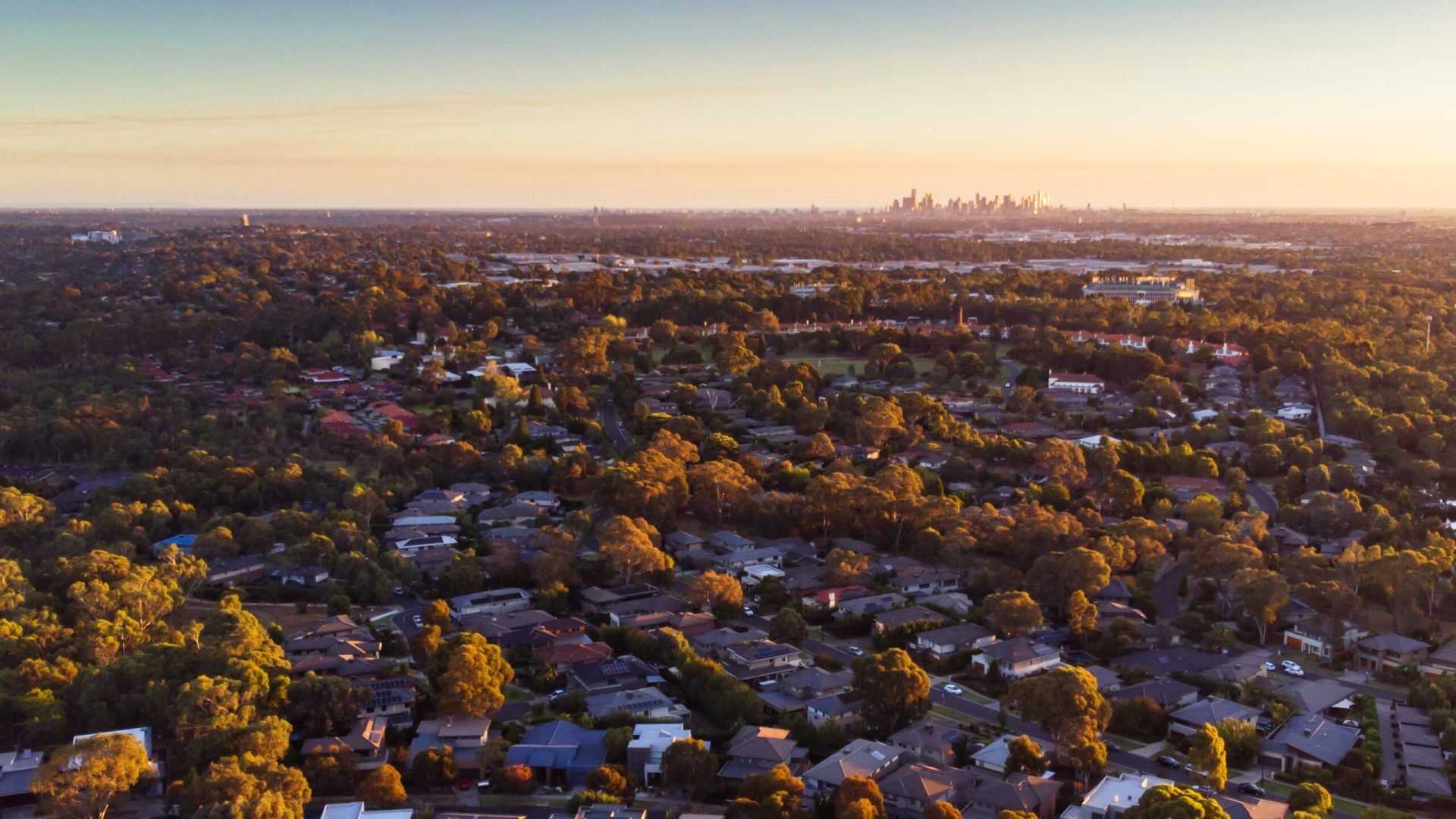Australia is sleepwalking into a national tragedy. Yes, we’re hearing a lot about the housing shortage. And sure, people are pointing fingers at planning bottlenecks—zoning delays, NIMBYism, and the dysfunction between state, federal, and local governments.
But while these issues dominate headlines, they barely scratch the surface of the real problem. The truth is far more confronting: Australia simply does not have the workforce to build its way out of this crisis.
The Productivity Collapse No One’s Talking About
According to Master Builders Australia, construction productivity has fallen 18% per worker over the last decade. That means we now need 18% more tradies just to stand still—to build the same number of homes we did ten years ago.
At current levels, we’re producing around 160,000 dwellings annually. But government targets say we need to be building 240,000 each year, for the next five years. That’s a 50% jump. Yet there’s no plan to resource this increase.
Construction is already Australia’s second-largest employer, with 1.3 million workers. To reach 240,000 homes a year, we’d need to scale that to nearly 2 million workers—an extra 650,000 construction jobs. And that’s just the tip of the iceberg. Residential construction supports a web of related industries: logistics, manufacturing, retail, appliances, furnishings, infrastructure—the list goes on.
But Where Will the Workers Come From?
Let’s be honest: they’re not coming from our schools. A cultural push towards university has gutted trade pathways. Meanwhile, a quarter of construction workers are over 45, and baby boomers are retiring fast.
And they’re not coming from existing infrastructure projects either. Governments are locked into multi-billion-dollar commitments—hospitals, tunnels, transport—that are already cannibalising the construction workforce. Cancelling these to divert labour to housing? Politically impossible.
So, what’s left? Migration.
The Migration Catch-22
To hit the ambitious housing targets, we’d need to import an extra 125,000–150,000 skilled tradespeople every year for the next 5 years. But if we do that, they’ll need housing too. That creates even more demand—another 60,000–80,000 homes annually—on top of the 80,000-home shortfall we’re already facing.
It’s a self-reinforcing loop: more people = more housing demand = more tradies needed = more migration. Rinse and repeat.
Worse still, our immigration system isn’t geared to prioritise construction trades. Our industrial relations framework and licensing regimes make it hard for foreign workers to hit the ground running. Plus, it’s not like we are the only country competing for skilled trades. Experienced tradespeople are already employed in their home country. So even if we did open the floodgates, most migrants wouldn’t be job-ready for residential building.
Productivity to the Rescue? Not So Fast.
Yes, innovation and prefabrication could improve efficiency. But rolling out new tech is slow. Legislative red tape, quality standards, and risk-averse regulators mean automation and modular building are still years from scaling.
This isn’t an overnight fix. It’s a decade-long rebuild—of skills, systems, and supply chains.
The Consequences Are Already Here
This isn’t theoretical. We’ve already seen what happens when housing starts spike without the workforce to support them.
Look at WA between 2022 and 2024: thanks to HomeBuilder and other stimulus programs, housing starts surged. But tradies were already flat out. Build times doubled and home completion rates barely inched higher than pre-pandemic. The delays caused vacancy rates to fall off a cliff. Rents soared 30–40% in just three years.
This is the pattern we’re set to repeat—over and over—across the country.
Existing Home Owners Will Win. First-Home Buyers Won’t.
This structural shortage has a brutal side effect: housing prices are going up—permanently.
Construction costs will keep rising. Labour will stay tight. Apartment developers can’t profitably build at current price points. That means sale prices must rise just to make projects viable. Land Developers can’t get stages built in a timely manner. And that puts a floor under the market for years to come.
If you’re an investor or existing home owner, that’s good news. If you’re a first-home buyer, it’s a disaster. Wages won’t keep up with the increasing prices.
A Ticking Demographic Time Bomb
There’s about $8 trillion in housing equity in Australia—at least $5 trillion of it held by people aged 55 and over. If we want to help younger Australians buy in, we’ll need to start transferring wealth—earlier and more strategically.
And while no one wants to say it out loud, we’re likely heading toward a debate on inheritance tax—as a tool to rebalance intergenerational inequality and unlock economic productivity.
Waiting For A Market Crash?
Let’s not kid ourselves that this problem could be fixed by a temporary lull in price growth, or a full-blown market crash. For that to happen, the circumstances that created the housing shortage would need to magically resolve themselves.
It’s logical for people to think that I’m biased towards residential property and want to quash any talk of a market crash. I want to help solve the problem, not sugar-coat it.
While the market dynamics I’ve discussed, and particularly the extremely high equity to debt ratio in Australia’s housing market, ensure that there will not be a market crash any time soon, even if there was it wouldn’t fix the problem. When house prices stall, or drop, investors stop building new homes. That means the housing shortage gets worse. The worsening undersupply will ultimately lead to higher rents and, when sentiment and market conditions improve, prices will rise more aggressively.
What Needs to Happen?
This won’t be fixed by planning reform alone. Or grants. Or slogans about affordability.
We need a national construction workforce strategy—spanning 10 years or more. One that coordinates skills training, industrial relations reform, targeted migration, innovation incentives, and project sequencing between housing and infrastructure.
We can’t just chase the 240,000-home target. We need a sustainable pathway to get there—without breaking the industry or locking out an entire generation from home ownership.









